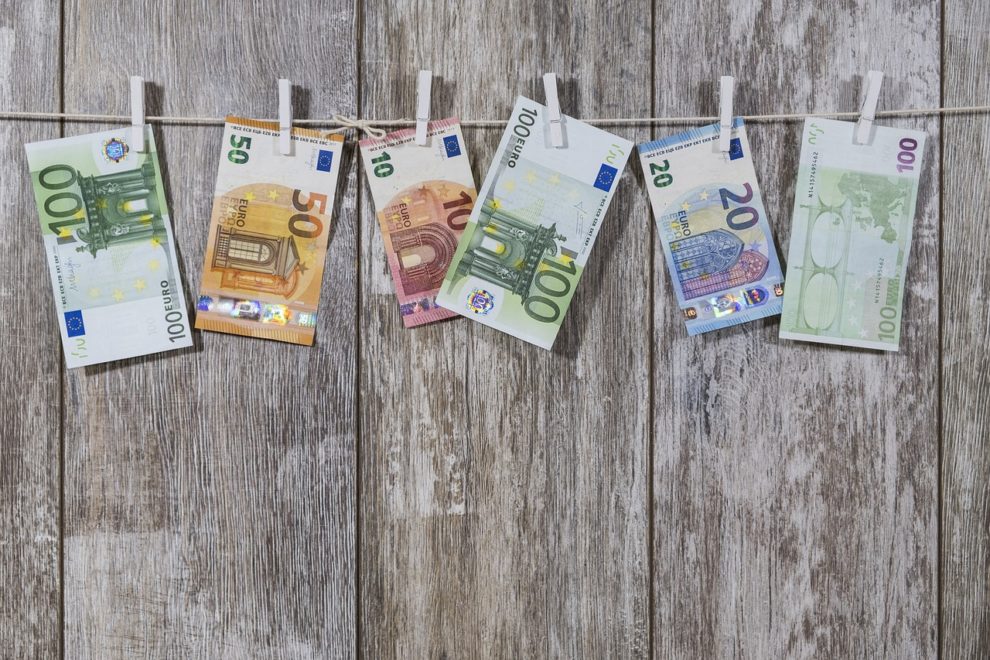The forex market is one of the biggest entities of its type anywhere in the world, with an estimated $6.6 trillion traded on a daily basis as recently as 2019.
Unsurprisingly, the US Dollar is the most traded currency within the marketplace, with the world’s primary reserve currency featuring on one side of 88% of all daily forex trades.
What’s more, the market’s seven major currency pairs (which pits the greenback against other assets like the GBP and the Euro) comprise 68% of daily trades. You can access these seamlessly through trading platforms on Oanda, but what are the world’s five most traded currencies in terms of volume?
- EUR/USD: We’ll start with the single most popular currency pair, which currently accounts for around 24% of daily forex volumes. This is unsurprising, as these currencies represent the two largest economies in the world, sharing 42.4% and 30.7% of the entire global GDP in nominal and PPP terms, respectively. This makes the EUR/USD the most liquid pair on the market, making it easy to buy and sell in real-time.
- USD/JPY: Next up is a relative safe-haven currency pair, in the form of the USD/JPY. Due to its relative stability during periods of economic tumult and uncertainty, this is the second most widely traded currency pair in the marketplace, although it should be noted that geopolitical and economic events in China and Korea can occasionally have a notable and detrimental impact on the Japanese yen.
- GBP/USD: The GBP/USD pair is commonly referred to as “Cable”, due to the simple fact that it was the first asset of its type to be traded via traditional telephone lines. Once again, these currencies represent two of the largest and most influential economies in the western world, while they also share historically strong trade relations that support wider growth and price stability. Of course, Brexit has caused some continued volatility in the GBP/USD, but this has done little to dampen its popularity in the market.
- USD/CAD: This pairing is nicknamed the “Loonie”, with the Canadian dollar strongly tied to commodities trading as the country remains a key global exporter of oil, minerals and even grains. Once again, this pair is fortified by strong and reliable trade relations, although the increased prevalence of commodities does cause the USD/CAD to experience high levels of volatility at specific points in time.
- AUD/USD: Australia is another economy that’s heavily reliant on commodities, with the country’s international trade flow in assets such as iron ore, agricultural products, natural gas and coal leading to very strong liquidity (and occasionally high volatility) in the AUD/USD. To demonstrate this, this pairing has at times been the third most popular currency pair, with recent volatility and fluctuations causing it to fall a little lower in our list.
